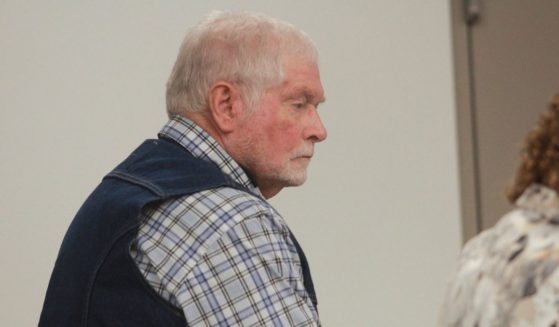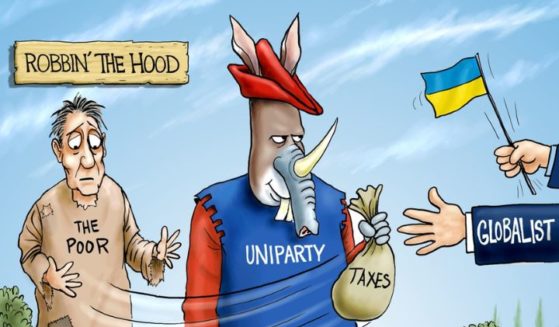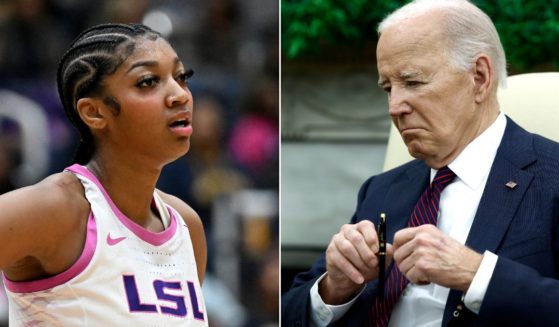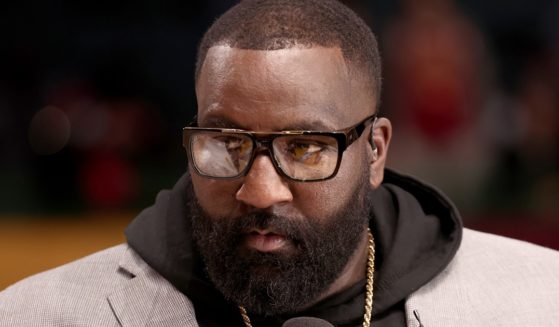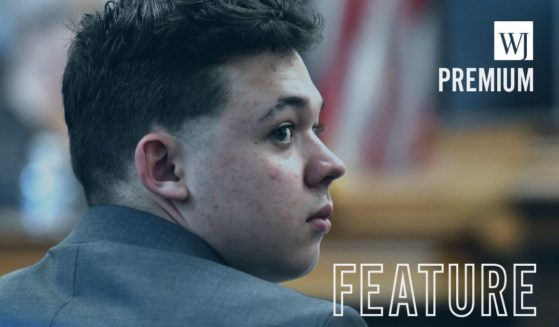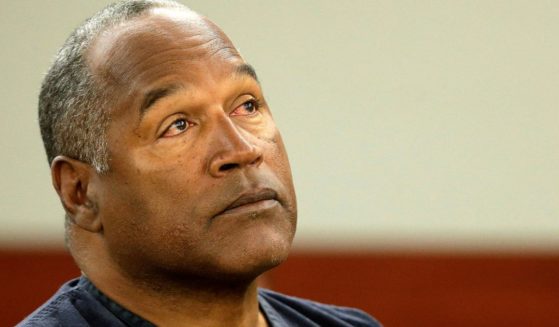Golfers livid at USGA for US Open conditions - 'managed to destroy a beautiful golf course'
A major championship is a great opportunity for the powers that be in professional golf to throw every obstacle in the book between golfers and shooting eye-popping red numbers on the leaderboard.
But at the U.S. Open at Shinnecock Hills, New York, the United States Golf Association, which governs the event, has taken this idea and turned the difficulty up to a level where it’s less a game of golf and more a game of Dark Souls with golf clubs.
And players, frustrated at a course so challenging that no player got out of Saturday’s third round with a cumulative score better than 3-over par, were loudly grumbling to the media about it.
Dustin Johnson had been at 4-under after two rounds, shooting what under the circumstances could be regarded as the tournament of his life, until the concrete-like surface of unwatered grass had him looking more like he was playing with a super ball than a golf ball. He shot a 7-over 77 on Saturday and still ended up tied for the lead.
Johnson was sanguine about his misfortune. “I don’t feel like I played bad. With the greens the way they got this afternoon, they were very, very difficult,” he said. “I felt like I had seven or eight putts that easily could have gone in the hole and didn’t. That’s the difference between shooting 7 over and even par.”
Zach Johnson, who entered Sunday at 8-over par yet still stood on the fringes of the top 20, thought the USGA had crossed a line between difficult and outright sadistic in how it challenged the players.
“We’re not on the edge. I thought we could be on the edge, but we’ve surpassed it,” Johnson told Sky Sports after his 72. “It’s pretty much gone, especially the latter part of the day for us. It’s pretty much shot. It’s really unfortunate, because in my opinion, some of the best land and certainly one of the best venues in all of golf, especially in this country, is Shinnecock Hills. It’s as good as it gets.
“Unfortunately, they’ve lost the golf course. I feel for the membership, because I know many of them. I feel for the spectators because they are seeing pure carnage — unless that’s what they want. And I feel for the USGA, because I don’t think this was their intent.
“But when you think of things that happened in the past, you have to err on the side of caution. And that wasn’t done today.”
And indeed, part of the difference between difficult and “designed by a lunatic” is in the pin placements. On Saturday, some were positioned at the back of super-fast greens, where hitting the ball just a wee bit too hard had the same effect as dropping a golf ball straight down at the top of a steep hill and expecting it to roll into a hole at the bottom — God only knows where that ball will ultimately come to rest, but it won’t be where you can easily tap in for a two-putt like most golf courses.
The whole thing drove golfers so batty that Phil Mickelson got his name in the news because he decided he’d rather take a two-stroke penalty on purpose to stop a runaway golf ball rather than have to hit the ball twice in fair fashion just to get it where he wanted it to go.
The last time the U.S. Open got this out of hand was in 2007, when nobody got through the third round without breaking par. Angel Cabrera won that one at 5-over at Oakmont Country Club in Oakmont, Pennsylvania.
Justin Rose pointed out that part of the problem Saturday was the course proved to be more difficult as the day went on. Greens that were fast but fair in the morning baked in the late-spring sun and became like playing on marble in the afternoon, giving an advantage to players who teed off earlier in the day.
“I’m going to answer it diplomatically because I’ve never seen a golf course change that quickly,” said Rose, who won the 2013 U.S. Open. “I feel like it was on the line, and I think some of the pin placements were over the line. Pin placements, relative to speed and firmness on a couple of occasions, that was the edge. That edge was reached.”
Even tournament official Mike Davis had to concede that things had crossed the line between challenging and no longer fun to play or to watch, promising to both move the pins to fairer locations and water the greens so they don’t reject moving golf balls like an immune system rejecting stray bacteria.
Then again, maybe fans like watching professional golfers miss shots and lose their minds out there. If nothing else, it’s certainly relatable to the weekend duffers watching a “stars, they’re just like us” moment unfold on sports television.
Sunday’s fourth round proved to be challenging again for golfers, but with at least some chances for low scores. Britain’s Tommy Fleetwood tied a U.S. Open record for the lowest score in a round with a 7-under 63.
Truth and Accuracy
We are committed to truth and accuracy in all of our journalism. Read our editorial standards.



